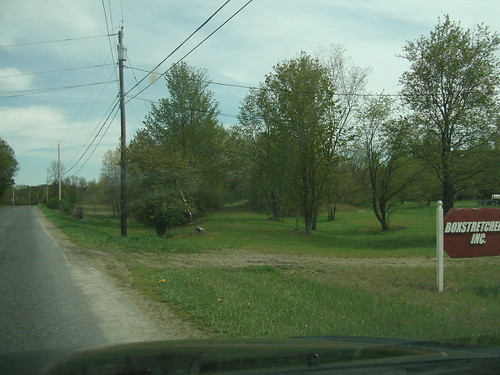I would also suggest you pick up the book "Where did the tracks go in the central Adirondacks?" by Kudish. The book contains maps of the entire NYC Adirondack division along with sidings and descriptions of online industries that existed along the way. There is a companion book of the same title except for the western Adirondacks which would probably have more info about the Lowville/ Carthage area, but I have not read that book myself.
You might also want to check out a book titled "Rails in the North Woods, which includes an extensive chapter (with some pictures) of the L&BR.
Someone built an HO model of the L&BR. It may be in the Croghan depot now.
The U&BR ran all the way from Utica to Clayton. Existing mileposts on the section from Lowville to Philadelphia still have a "U" prefix and still measure the distance from Utica.
A judicious eye can still pick out much of the ROW between Lyons Falls and Lowville in satellite/aerial photos.
